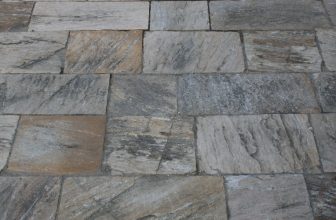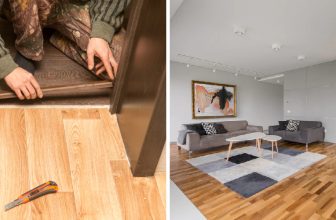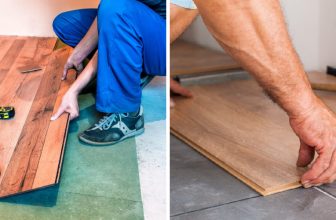How to Remove Black Spots from Hardwood Floors
Black spots on hardwood floors can be a disheartening sight, marring the natural elegance of the wood and diminishing the overall aesthetic of a room. These spots can be caused by various factors, such as water damage, mold, pet stains, or a reaction to certain substances. However, fear not, as restoring the beauty of your hardwood floors is entirely possible.
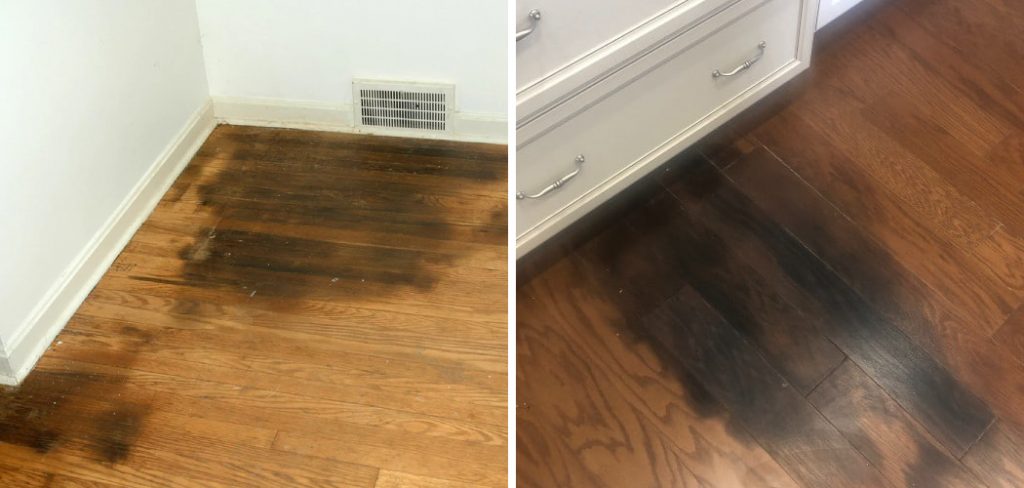
In this comprehensive guide, we will explore effective methods and techniques on how to remove black spots from hardwood floors. From assessing the extent of the damage to using appropriate cleaning agents and refinishing options, we’ll provide step-by-step instructions to guide you in the restoration process. Say goodbye to those unsightly black spots and hello to the gleaming, flawless hardwood floors you desire.
The Issue of Black Spots on Hardwood Floors
As beautiful as hardwood floors can be, they are not immune to damage. One of the most common problems with hardwood flooring is the appearance of black spots. These dark blemishes can significantly decrease the aesthetic appeal of your floors and leave you wondering how to remove them.
Black spots on hardwood floors can be caused by many different factors. The most common cause is water damage, which can occur due to spills or leaks. Other possible reasons include mold, pet stains, and improper cleaning products or techniques. It is important to identify the root cause of black spots on your floors before attempting any removal methods. However, in most cases, the following strategies can effectively remove black spots from hardwood floors.
Determining the Cause of the Black Spots
One of the first steps in removing black spots from hardwood floors is determining the cause of these spots. There are various factors that can lead to black spots appearing on your hardwood floors, and identifying the root cause is crucial in effectively removing them.
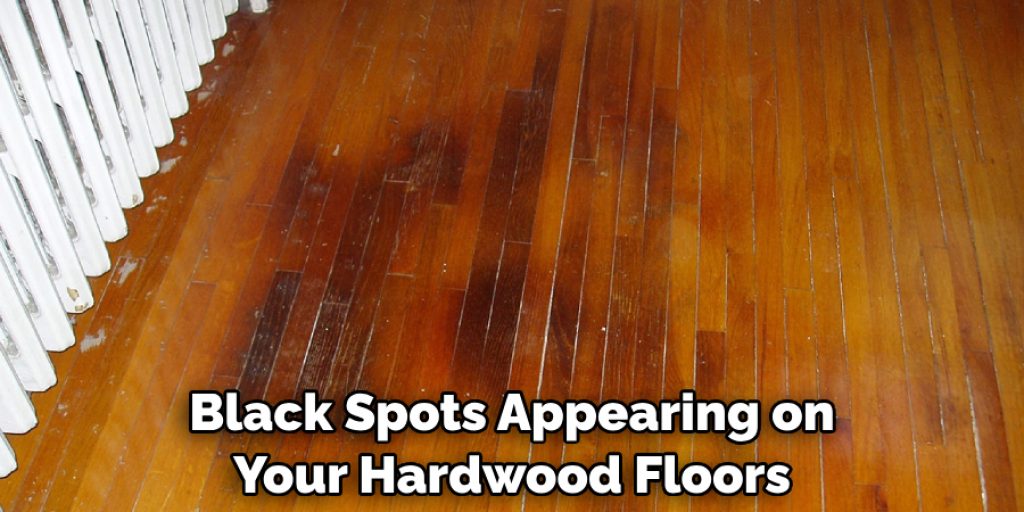
Possible causes of black spots include:
- Water Damage: Exposure to excess moisture or water can cause the wood to warp and create dark spots.
- Mold or Mildew: If your hardwood floors are exposed to a damp environment, this can lead to the growth of mold or mildew which can cause black spots.
- Pet Stains: The urine of pets can leave behind dark stains on hardwood floors if not cleaned up immediately.
- Chemical Spills: Harsh chemicals such as bleach, ammonia, and certain cleaning products can damage the wood and result in black spots.
Once you have determined the cause of the black spots, you can then move on to removing them. Keep in mind that some methods may work better for certain causes than others, so it is important to accurately identify the source before proceeding with removal.
Assessing the Extent of the Damage or Discoloration
When dealing with black spots on hardwood floors, it is important to first assess the extent of the damage or discoloration. This will help determine the most effective method for removing the spots and restoring the appearance of your floors.
One way to assess the damage is by looking at the size and depth of the black spot. If it is a small surface level spot, it may be easier to remove. However, if the spot is larger and deeper, it may require more intensive treatment.
Another factor to consider is the type of hardwood flooring you have. Different types of wood can react differently to various cleaning methods, so it is important to know what type of wood your floors are made of before attempting any removal techniques.
Additionally, you should also consider the cause of the black spots on your hardwood floors. If it is due to water damage or mold growth, it may require a different approach than if it is simply a stain or discoloration.
10 Methods How to Remove Black Spots from Hardwood Floors
Vacuum the Floor
The first step in removing black spots from hardwood floors is to vacuum the floor to remove any dirt, dust, and debris. This will help to ensure that the area is free of any particles that could potentially cause further damage during the cleaning process. Be sure to use a vacuum with a soft brush attachment so as not to scratch or damage the wood.
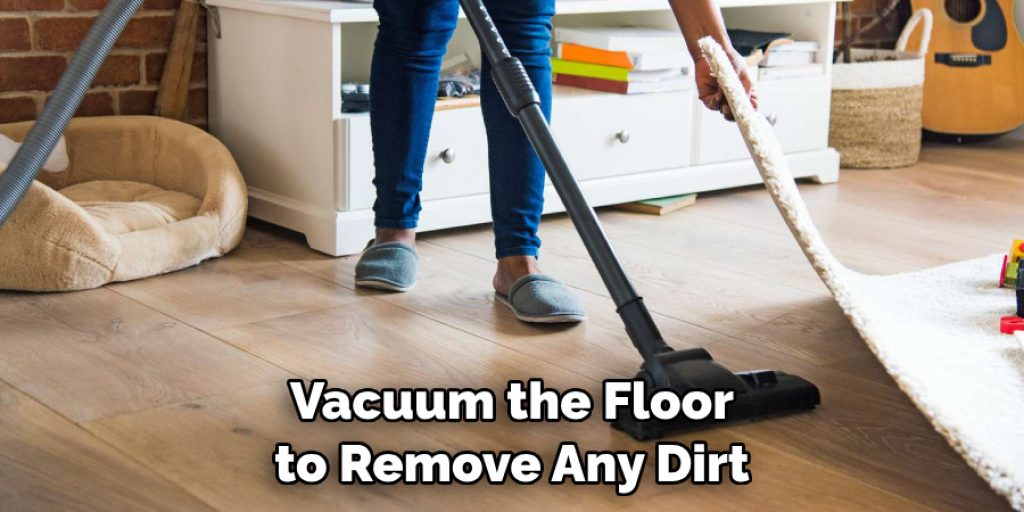
Apply Soapy Water
Once you have vacuumed the floor, apply a mixture of warm water and mild soap directly onto the black spot. Allow it to sit for several minutes before scrubbing with a soft-bristled brush or cloth. Rinse off any excess soap with clean water and dry thoroughly with a clean towel.
Use Baking Soda and Vinegar
If soapy water does not work, try using baking soda and vinegar instead. Mix together equal parts baking soda and white vinegar until it forms a paste. Apply this paste directly onto the spot and allow it to sit for at least an hour before scrubbing with a soft-bristled brush or cloth. Rinse off any excess paste with clean water and dry thoroughly with a clean towel.
Use Wood Cleaner
Another method for removing black spots from hardwood floors is to use wood cleaner designed specifically for this purpose. Follow the instructions on the product label for best results, but generally speaking you should apply the cleaner directly onto the spot, let it sit for several minutes, then scrub with a soft-bristled brush or cloth before rinsing off any excess cleaner with clean water and drying thoroughly with a clean towel.
Sand Down Spots
For particularly stubborn black spots, you may need to sand down the area using fine-grit sandpaper until all traces of discoloration are gone. Be sure to go slowly and evenly when sanding so as not to damage other areas of your flooring in the process! Once finished, be sure to vacuum up all residual dust before proceeding further in your cleaning process.
Apply Wood Stain
Once all traces of discoloration have been removed from your hardwood flooring, you may need to apply wood stain in order to restore its original coloration if necessary (this will depend on how dark/light your original finish was). If so, be sure to test an inconspicuous area first before applying stain over larger areas!
Wax Your Floor
Once you have applied wood stain (if necessary) you can then proceed by waxing your floor in order to protect it from future discoloration caused by dirt or debris buildup over time (this is especially important if you live in an area prone to humidity). Be sure not only wax but also buff your floor after application—the buffing will help seal in wax better than simply letting it dry on its own!
Seal Your Floor
Sealing your hardwood floors is another way of protecting them from future discoloration caused by dirt or debris buildup over time (just like waxing). Sealing involves applying either polyurethane or shellac directly onto your floors—both of which provide excellent protection against moisture penetration while still allowing air circulation through small pores within their surface layer!
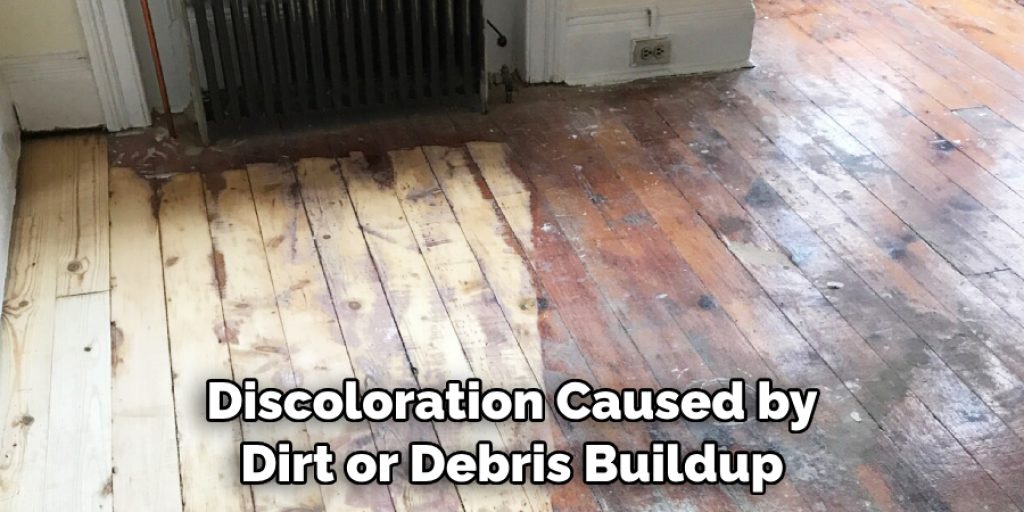
Polish Your Floor
Polishing your hardwood floors is another great way of protecting them against future discoloration caused by dirt or debris buildup over time (just like sealing). When polishing your floors make sure that you use products specifically designed for this purpose—these products will help maintain their natural shine while also providing additional protection against moisture penetration!
Mop Regularly
The final step in protecting your hardwood floors from future discoloration caused by dirt or debris buildup over time is regular mopping! Make sure that you use products specifically designed for this purpose—these products will help keep your floors looking beautiful while also preventing buildups of dirt or debris which could potentially lead to discolorations down the line!
Things to Consider When Removing Black Spots from Hardwood Floors
When it comes to cleaning and maintaining your hardwood floors, it’s important to be cautious and considerate of the materials used. While there are many methods for removing black spots from hardwood floors, not all of them are safe or effective for long-term use. It’s best to take a few things into consideration before deciding on a method for removing black spots from your floors.
Below are some important factors to keep in mind.
The Type of Hardwood
The type of hardwood used for your floors will have a significant impact on the cleaning methods you use. Some types of hardwood, such as oak or cherry, are more durable and can withstand harsher cleaning products.
The Cause of the Black Spots
Black spots on hardwood floors can be caused by various factors such as water damage, pet urine, or mold/mildew growth. Identifying the cause of the black spots can help determine the appropriate cleaning method.
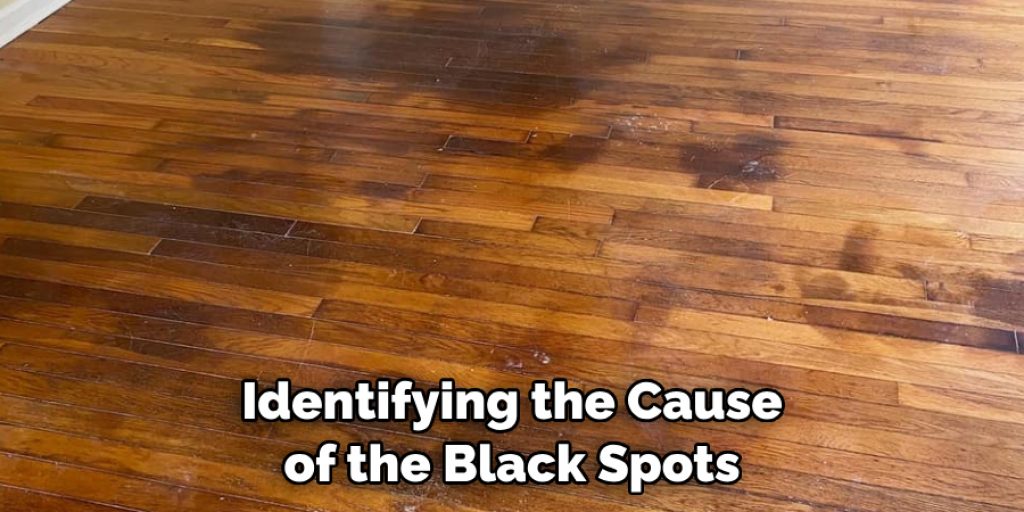
The Severity of the Spots
The severity of the black spots on your hardwood floors will also play a role in determining the best method for removal. If the spots are small and shallow, they may be easily removed with a gentle cleaning solution or by sanding and refinishing the affected area.
Conclusion
Removing black spots from hardwood floors can be a daunting task, but by utilizing the steps outlined in this blog post, you can successfully address the issue. Take into consideration what kind of flooring solution you are looking for and take plenty of heavy-duty cleaning time, as heavy scrubbing is often necessary to remove a deep black spot.
Consider investing in a sturdy wood cleaner if the problem is difficult to remove with basic cleaners and always test their solutions in an inconspicuous area first.
Don’t forget to fuss with rags and microfiber mops; these are good at removing any residue from your modifications or cleanings. Finally, make sure to keep your floor well-maintained in order to avoid black spots in the future – regular sweeping and mopping will help keep your hardwood floors shiny and spotless! With these tips, you should be able to easily tackle any instances of how to remove black spots from hardwood floors.

